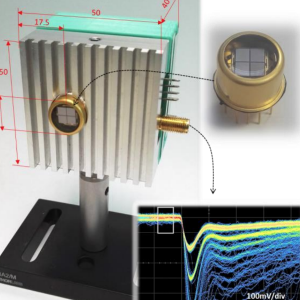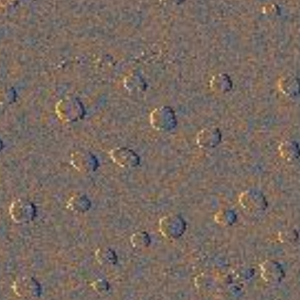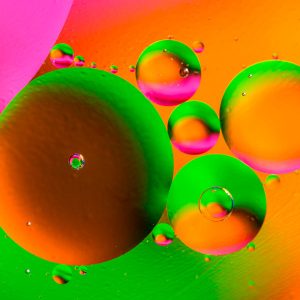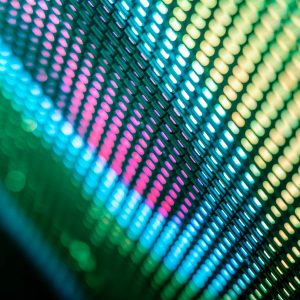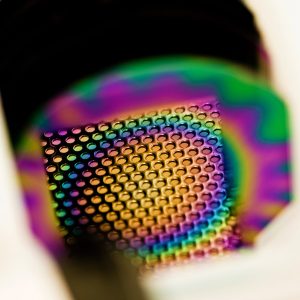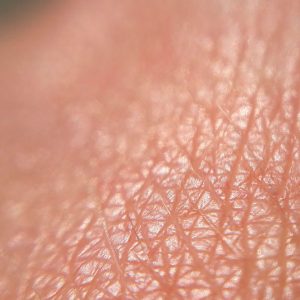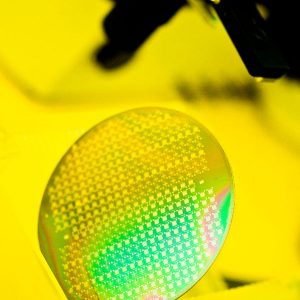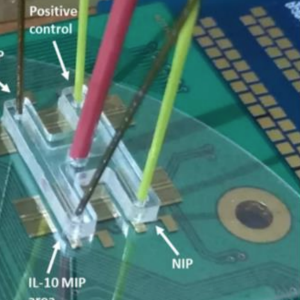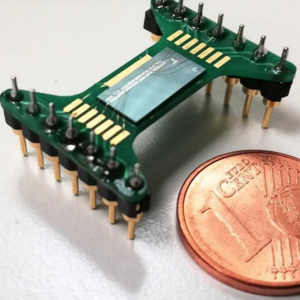Throughout the world cryostats and dewars are used to transport and store liquid materials at very low temperatures. Those devices are often very large and can only be inspected during maintenance periods, when they are emptied. This project aims at developing a robot able to move freely inside the cold volume, perform inspections and transmit...
This website uses cookies so that we can provide you with the best user experience possible. Cookie information is stored in your browser and performs functions such as recognising you when you return to our website and helping our team to understand which sections of the website you find most interesting and useful.


